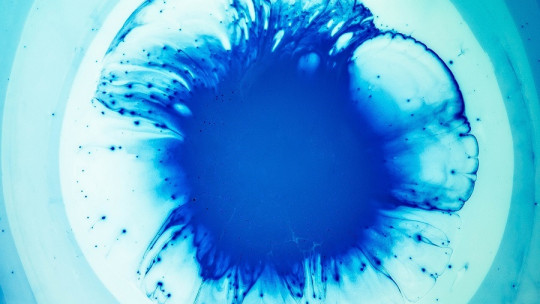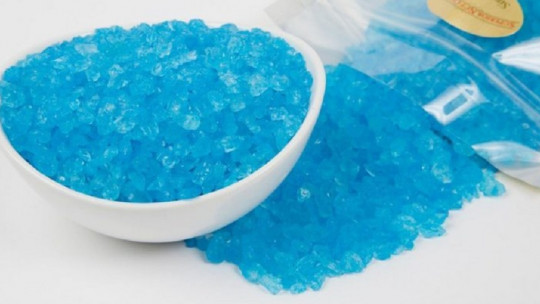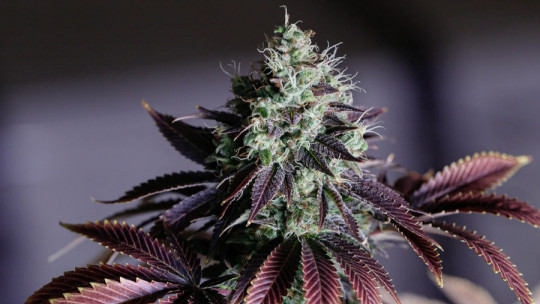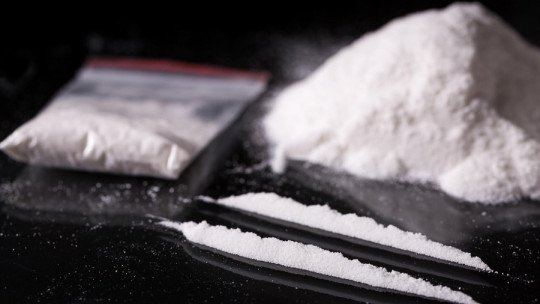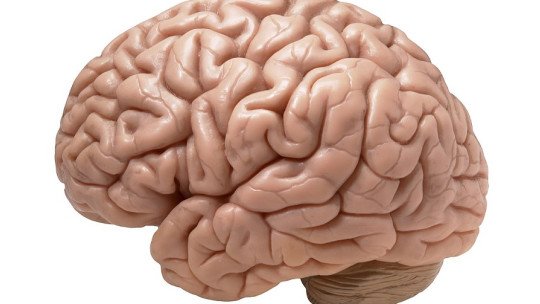Many of the illegalized drugs are prohibited precisely because of their ability to take control of people’s lives.
Chemical addiction is part of the basic functioning of the effects that these substances have on the nervous system and that makes it not easy to get away from them.
The 16 most addictive drugs
Although the first doses of these substances may produce an unpleasant sensation, the truth is that they end up making our brain learn that it can only experience pleasure when consuming the necessary amount of the drug. This depends on the reward system of the limbic system (the part of the brain responsible for producing emotional states) makes these addictive substances dominate us.
However, not all addictions are the same. When it comes to experiencing them, our individual genetics influence, but also the characteristics of the chemical compound in question and the social rituals linked to its consumption. That’s why some are harder to quit than others.
In this regard, a few years ago researcher David Nutt from London’s Imperial College carried out a series of measurements about the addictive potential of various substances, to obtain a dependence index. These are the 10 substances that were classified in this ranking, ordered by their addictive power
16. LSD
Another drug that, along with ecstasy, is frequently used recreationally. This, however, It has a very powerful hallucinogenic effect
15. Cannabis
While not typically known for its addictive effects, cannabis can create a strong long-term dependency.
14. Phencyclidine (PCP)
A drug with intense hallucinogenic effects. It is also known as angel dust.
13. MDMA
Ecstasy or MDMA is one of the most famous recreational drugs used in the context of nightlife. Beyond a certain threshold in the frequency of consumption, this substance becomes very addictive.
12. Methaqualone
A hypnotic-sedative drug that, in its recreational use form (frequently synthesized clandestinely), It is known as Quaaludes
12. Oxycodone
Oxycodone is a powerful opioid analgesic synthesized from thebaine. In the medical context, it is sometimes used in cases where there is intense pain, such as post-operative pain.
11. OxyContin
This heroin-like drug acts on the brain’s reward system and causes dopamine levels to increase significantly
10. GHB
Also known as gamma-hydroxybutyric acid, GHB It is a molecule that is manufactured in small quantities by our own body and it is used as a neurotransmitter, that is, as a messenger for neurons to communicate with each other.
However, if we administer an extra amount of this substance, our tolerance threshold rises quickly, causing us to need more and more. Furthermore, this also has an effect on alcohol tolerance, and its rebound effect is very intense.
9. Amphetamines
Amphetamines are psychostimulants related to the class of substances used to treat ADHD (such as methylphenidate). This drug causes the brain to be flooded with dopamine and norepinephrine, but also It is capable of generating one of the fastest addictions that exist
8. Benzodiazepine
An anticonvulsant and hypnotic that is frequently used in psychiatry in cases of anxiety disorders or epilepsy. It is known commercially by names such as Valium or Xanax
Although at specific times it can be very useful to intervene on neurological disorders, as time passes it can generate a strong degree of dependency.
7. Alcohol
A controversial substance, enjoying wide social acceptance and being legalized by tradition. Although the first few shots may be unpleasant due to “burning the throat”, over time the degree of dependency can become very intense to the point where stopping consumption in cases of strong dependence can generate a syndrome known as delirium tremens, which is sometimes fatal.
6.Seconal
Barbiturates are substances that depress brain activity and are more powerful than benzodiazepines. They lead to a high degree of sedation , relaxation and also have a certain analgesic power. They act on the receptors for the neurotransmitter GABA. In this category, a preparation known as secanal stands out.
5. Crystal
Methamphetamine is a very popular synthetic drug used for the euphoric effects and megalomaniacal thoughts it produces. Like other psychostimulants, causes the brain to be filled with dopamine and, at the same time, this substance is produced in increasingly smaller quantities by the body itself, making it totally dependent on the doses administered.
4. Methadone
Methadone is used to intervene in cases of addiction to other drugs, but ironically it shows a very high potential for dependence. It is used as a “lesser evil”, since the symptoms associated with this substance are less virulent than in most cases.
3. Nicotine
There are plenty of presentations. Nicotine is one of the great business successes, and is based entirely on a chemical addiction fueled by social addiction historically generated through advertising and its appearance in films.
2. Cocaine
Cocaine is the illegal drug that moves the most money in the world. Its effects consist of feeling of euphoria that many people have learned to link with their nights out although it is consumed in all types of contexts.
1. Heroin
Known as the poor people’s drug, heroin is linked to high degrees of marginalization and the transmission of diseases The impulse to consume it due to the addiction it produces is so intense that aspects such as hygiene or health guarantees take a backseat.


